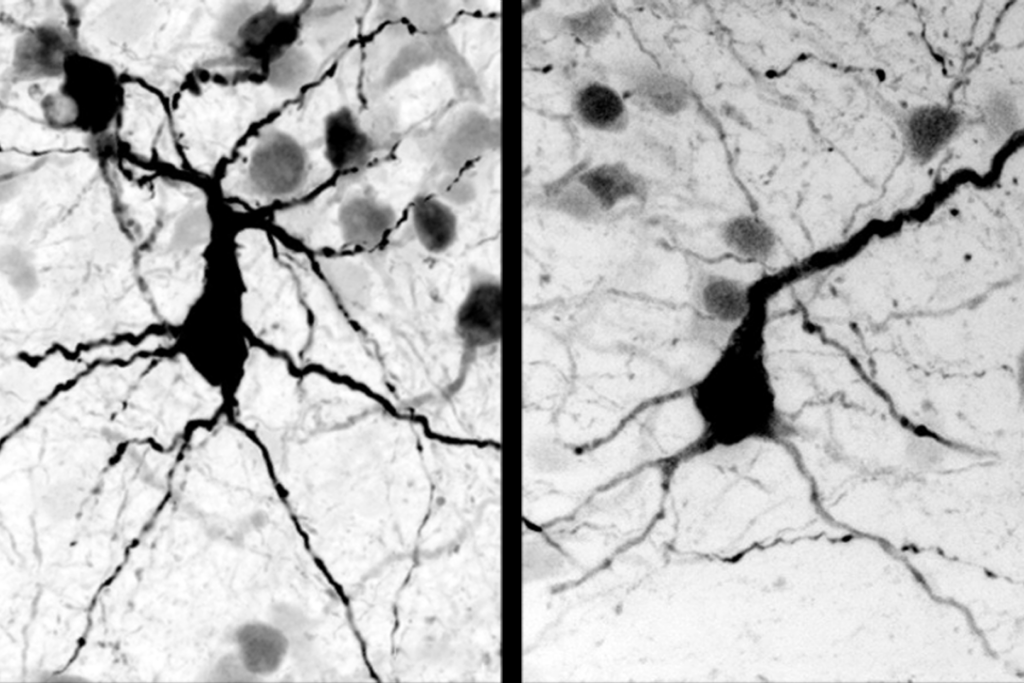Lindsey McCormack
Freelance Writer
From this contributor
Angelman mice show impaired inhibition of brain signals
Mice lacking a functional copy of UBE3A, the gene missing or mutated in people with the rare developmental disorder Angelman syndrome, show less inhibitory activity than controls do, according to research published 7 June in Neuron.

Angelman mice show impaired inhibition of brain signals
Scanning during sleep effective across autism spectrum
Scanning children’s brains while they sleep is a viable alternative to sedation for infants and toddlers across the entire autism spectrum, according to a study published in the January issue of the Archives of General Psychiatry.

Scanning during sleep effective across autism spectrum
Explore more from The Transmitter
Autism in Kenya, organoid research, and more
Here is a roundup of autism-related news and research spotted around the web for the week of 22 December.

Autism in Kenya, organoid research, and more
Here is a roundup of autism-related news and research spotted around the web for the week of 22 December.
‘Unprecedented’ dorsal root ganglion atlas captures 22 types of human sensory neurons
The atlas also offers up molecular and cellular targets for new pain therapies.

‘Unprecedented’ dorsal root ganglion atlas captures 22 types of human sensory neurons
The atlas also offers up molecular and cellular targets for new pain therapies.
Not playing around: Why neuroscience needs toy models
Amid the rise of billion-parameter models, I argue that toy models, with just a few neurons, remain essential—and may be all neuroscience needs.

Not playing around: Why neuroscience needs toy models
Amid the rise of billion-parameter models, I argue that toy models, with just a few neurons, remain essential—and may be all neuroscience needs.